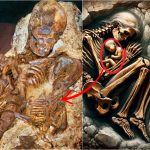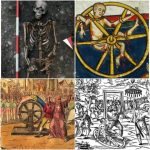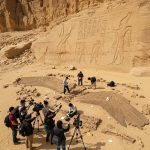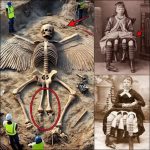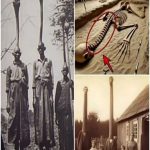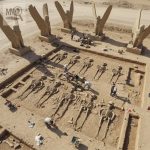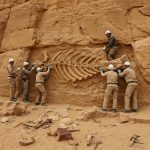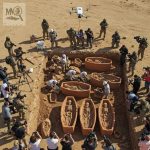The Artificial Eye of Hasanlu: Vision from the Ancient World
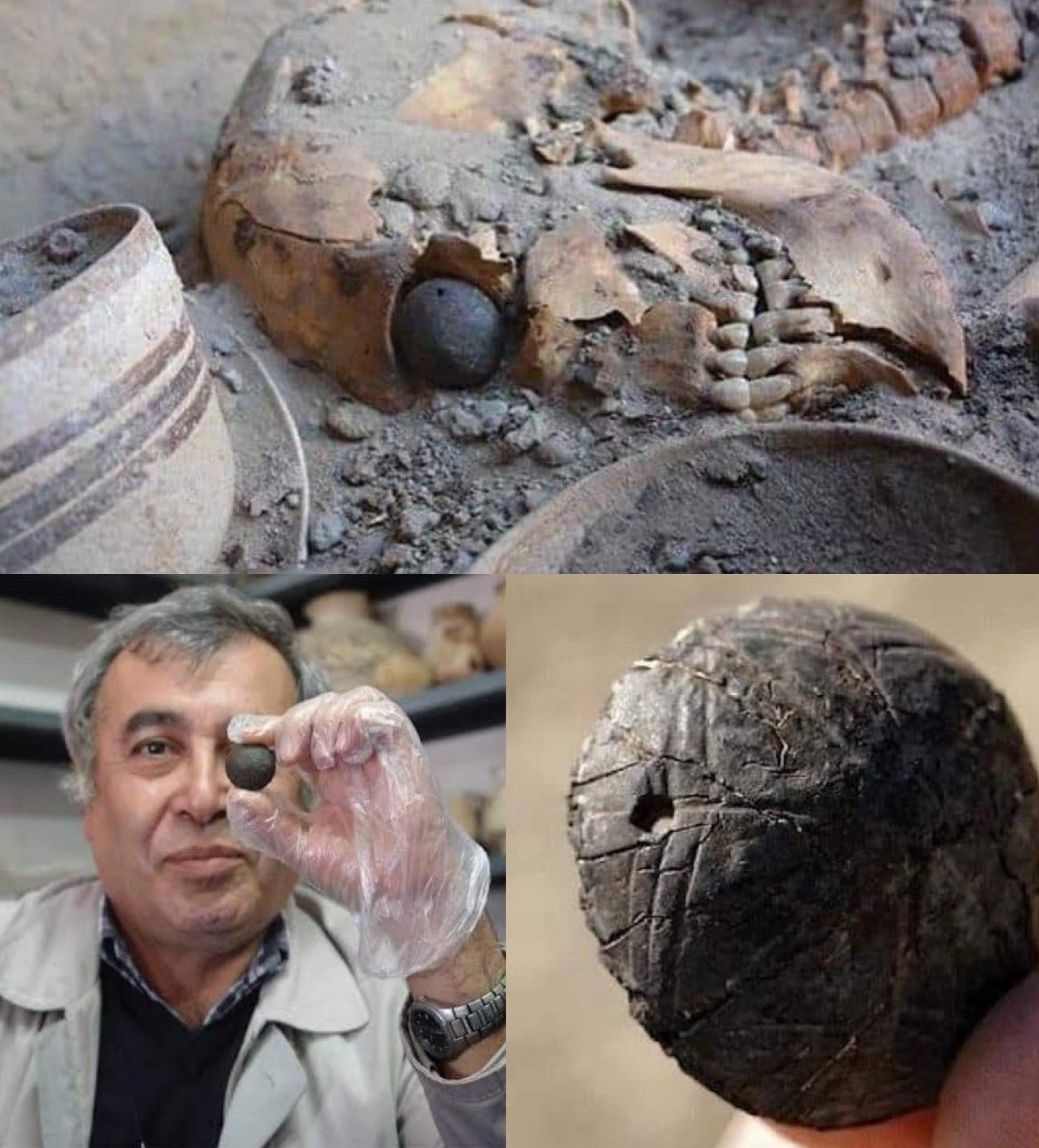
In the ruins of Teppe Hasanlu, an ancient site in northwestern Iran, archaeologists made a discovery that is as haunting as it is extraordinary. Dating back to the 9th century BCE, the remains of a partially preserved human skull revealed an artifact unlike anything previously known: an artificial eye, carefully placed within the empty socket of the deceased.
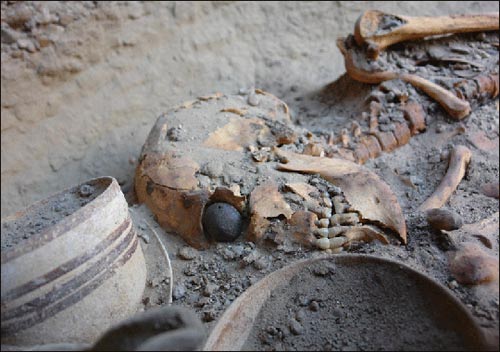
The object itself is a remarkable feat of early craftsmanship. Made from a mixture of bitumen and animal fat, the black, spherical prosthetic was more than just a substitute for sight. Intricate carvings etched upon its surface suggest symbolic detail, while a small drilled hole indicates that the eye may have been fastened with thread or cord to secure it in place. Far from being a crude imitation, this artifact reflects both ingenuity and intention—an attempt to restore wholeness, dignity, and perhaps even power to the individual in death.
The artificial eye was found within a burial context, accompanied by pottery and other grave goods. These items hint at the broader ritual significance of the interment, pointing to a society deeply concerned with the afterlife and spiritual continuity. To place such an object in the body of the deceased suggests a belief that identity extended beyond death—that to be remembered or honored, the individual must remain complete, even symbolically. The eye, then, may have served as more than a physical prosthetic; it may have been a spiritual safeguard, an emblem of presence and watchfulness beyond the grave.

This discovery also raises fascinating questions about ancient medical and artistic practices. While prosthetics are often thought of as modern innovations, the artificial eye of Hasanlu demonstrates that human ingenuity in addressing physical loss stretches back thousands of years. Whether intended for use in life or created solely for ritual purposes, it reflects an understanding of both anatomy and symbolism, blending functionality with spirituality.
For modern scholars, the artifact is invaluable. It offers rare evidence of Chalcolithic and Iron Age traditions in the region, enriching our understanding of how ancient peoples navigated the intersection of identity, ritual, and craftsmanship. It also highlights the sophistication of the Hasanlu community, whose artisans could fashion not only tools and pottery but also symbolic objects of profound personal and cultural meaning.
Nearly 3,000 years later, the artificial eye of Hasanlu continues to intrigue, its hollow gaze carrying echoes of both humanity’s vulnerability and its relentless pursuit of continuity. In that small sphere lies a paradox: the recognition of mortality alongside the defiance of it. It stands as a testament to the enduring human desire to preserve identity, dignity, and presence, even in death.

The artifact is more than archaeology—it is a mirror, reflecting the timeless human struggle against oblivion, and reminding us that across ages and civilizations, we have always sought ways to see, and to be seen, beyond the limits of life itself.
#AncientIran #Archaeology #Hasanlu #AncientProsthetics #BurialTraditions

